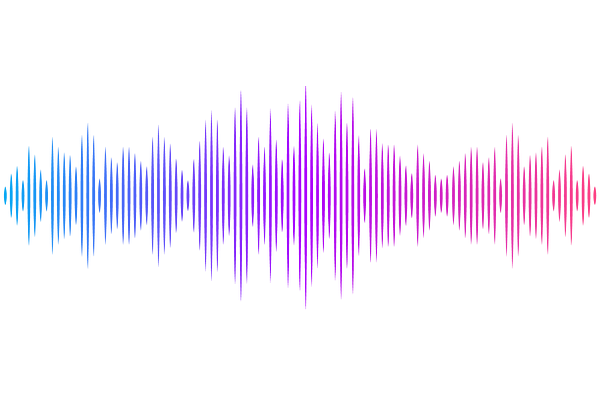Community complexity does not weaken pairwise coevolution in a soil bacterial community

Community complexity does not weaken pairwise coevolution in a soil bacterial community
Erdos, Z.; Padfield, D.; Hesse, E.; Buckling, A.; Castledine, M.
AbstractExploitative interactions, such as predator-prey and host-parasite interactions, are ubiquitous in microbial communities. These interactions shape community density and composition, imposing strong selection on members to evolve countermeasures reducing the negative impacts of exploitation. Exploitative coevolution is often studied between species pairs in isolation, which may over-estimate the strength and relevance of pairwise coevolution. Here we studied how community context influences coevolution between Pseudomonas fluorescens (exploited) and Variovorax sp. (exploiter). We evolved these species in pairwise coculture and embedded within a five-species community to investigate evolved changes in pairwise interactions. We found evidence for asymmetrical coevolution: Variovorax evolved more rapidly than Pseudomonas, leading to increased exploitation through time, while Pseudomonas evolved increased tolerance to Variovorax with time lag. The pairwise coevolutionary dynamics were not affected by the presence of other community members. Understanding how coevolutionary patterns change with increasing community complexity can have important implications for community persistence and function.